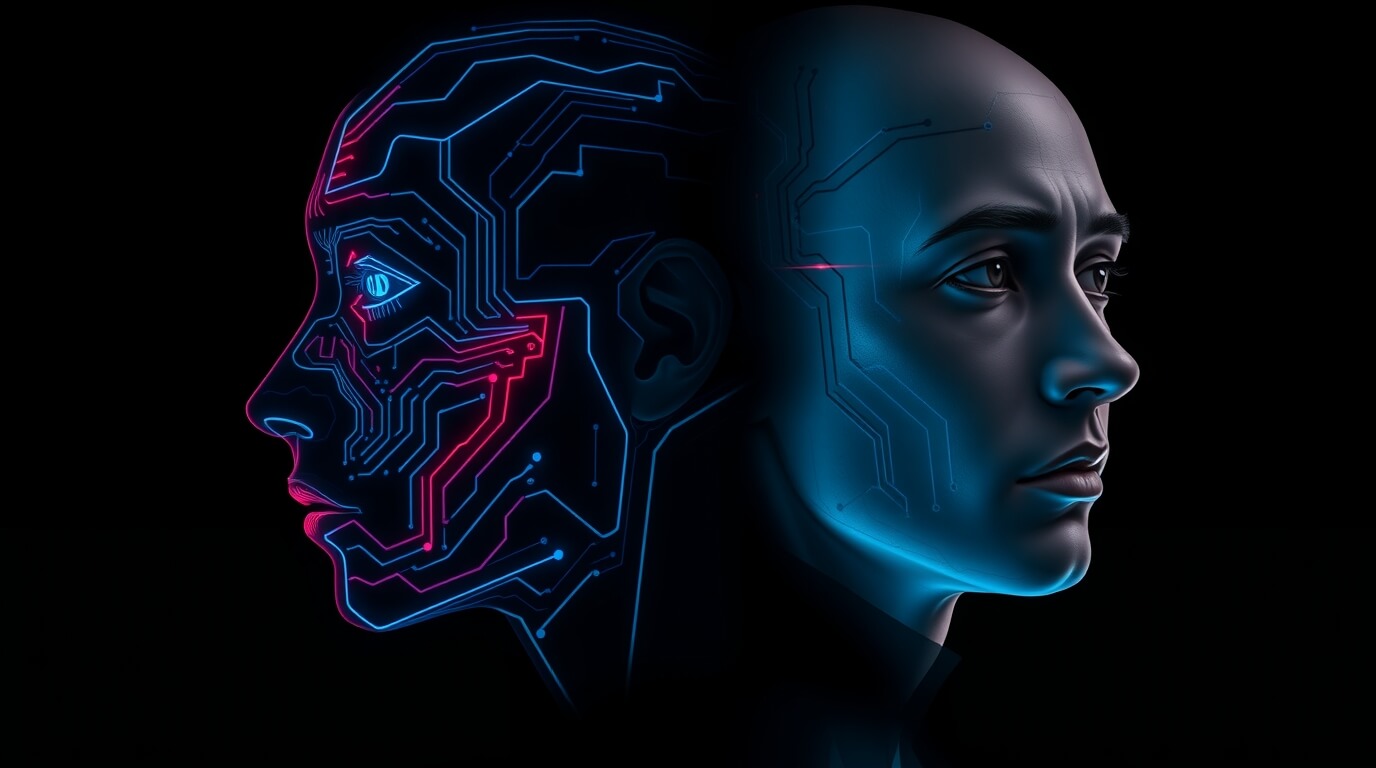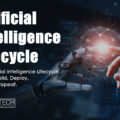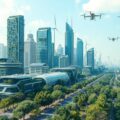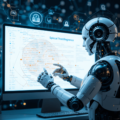In an era defined by rapid technological advancements, the concept of Digital Twins has emerged as a transformative tool that bridges the gap between the physical and digital worlds. By creating virtual replicas of physical assets, processes, or systems, Digital Twins enable organizations to simulate, analyze, and optimize their operations in unprecedented ways. This technology is not just a buzzword; it’s a game-changer across industries, from manufacturing and urban planning to healthcare and beyond.
As businesses strive to make smarter decisions, reduce costs, and enhance efficiency, Digital Twins offer a powerful solution. In this comprehensive blog post, we will explore what Digital Twins are, their role in simulating reality, and how they are revolutionizing various sectors. We’ll also delve into practical applications, benefits, challenges, and strategies for adopting this groundbreaking technology.
What Are Digital Twins?
Defining Digital Twins
A Digital Twin is a virtual representation of a physical object, system, or process. It leverages real-time data, advanced analytics, machine learning, and simulation models to mirror the behavior and performance of its physical counterpart. Unlike static 3D models, Digital Twins are dynamic and continuously updated with live data from sensors, IoT devices, and other sources.
The core idea behind Digital Twins is to create a bridge between the physical and digital realms, enabling stakeholders to monitor, analyze, and predict outcomes without directly interacting with the physical asset. For example:
- A Digital Twin of a wind turbine can simulate its performance under different weather conditions.
- A Digital Twin of a city can model traffic patterns and infrastructure usage to improve urban planning.
- A Digital Twin of a patient’s heart can help doctors plan surgeries and test treatments virtually.
Key Components of Digital Twins
- Physical Entity: The real-world object, system, or process being replicated.
- Virtual Model: The digital representation created using data, algorithms, and simulations.
- Data Integration: Real-time data streams from sensors, IoT devices, and other inputs feed into the virtual model.
- Analytics and AI: Advanced tools analyze the data to provide insights, predictions, and recommendations.
- Feedback Loop: Insights generated by the Digital Twin are used to optimize the physical entity, completing the loop.
Types of Digital Twins
Digital Twins can be categorized based on their scope and complexity:
- Component-Level Twins: Focus on individual parts or components within a larger system (e.g., a single engine component).
- Asset-Level Twins: Represent entire assets, such as machines or vehicles.
- System-Level Twins: Model interconnected systems, like production lines or supply chains.
- Process-Level Twins: Simulate end-to-end processes, such as manufacturing workflows or customer journeys.
The Role of Digital Twins in Simulating Reality
At its heart, a Digital Twin serves as a simulation platform that mirrors the real world. By integrating real-time data with predictive analytics, Digital Twins allow users to:
- Understand how physical entities behave under various conditions.
- Identify potential issues before they occur.
- Test scenarios and evaluate outcomes without risking resources.
- Optimize performance through continuous monitoring and feedback.
For instance, imagine a factory equipped with hundreds of machines. Each machine generates vast amounts of operational data, which can be overwhelming to interpret manually. A Digital Twin of the factory can aggregate this data, simulate different operational scenarios, and recommend adjustments to maximize productivity while minimizing downtime.
This ability to simulate reality makes Digital Twins invaluable for decision-making. Instead of relying on intuition or historical data alone, organizations can leverage accurate, real-time insights to drive smarter actions.
Applications of Digital Twins Across Industries
Manufacturing
Manufacturing is one of the earliest adopters of Digital Twin technology, where it plays a pivotal role in Industry 4.0 initiatives. Here’s how:
- Predictive Maintenance: Digital Twins monitor equipment health in real time, predicting failures before they happen. This reduces unplanned downtime and extends asset life.
- Process Optimization: By simulating production lines, manufacturers can identify bottlenecks, optimize workflows, and increase throughput.
- Quality Control: Virtual testing allows manufacturers to detect defects early in the production process, ensuring higher-quality products.
- Supply Chain Management: Digital Twins can model entire supply chains, helping companies anticipate disruptions and improve logistics.
Case Study: Siemens uses Digital Twins to simulate and optimize its gas turbines. By analyzing performance data, Siemens can fine-tune turbine operations, reducing fuel consumption and emissions while improving efficiency.
Urban Planning

Cities around the world are embracing smart technologies to enhance livability, sustainability, and resilience. Digital Twins play a crucial role in this transformation by providing a holistic view of urban environments.
- Infrastructure Monitoring: Digital Twins track the condition of roads, bridges, and buildings, enabling proactive maintenance and repairs.
- Traffic Management: By modeling traffic flows, cities can implement adaptive signal timing, reduce congestion, and improve safety.
- Energy Efficiency: Urban planners use Digital Twins to simulate energy usage across neighborhoods, optimizing heating, cooling, and lighting systems.
- Disaster Preparedness: Cities can simulate natural disasters like floods or earthquakes to develop effective emergency response plans.
Example: Singapore’s Smart Nation initiative includes a national Digital Twin called “Virtual Singapore.” This platform integrates data from sensors, cameras, and GIS systems to support urban planning, environmental monitoring, and citizen engagement.
Healthcare
In healthcare, Digital Twins hold immense promise for personalized medicine, treatment planning, and medical research.
- Patient-Specific Models: Digital Twins of organs or body systems allow doctors to simulate treatments and predict outcomes before performing procedures.
- Medical Device Testing: Manufacturers can test devices virtually, accelerating development cycles and ensuring safety.
- Epidemiology: Public health officials use Digital Twins to model disease spread and evaluate intervention strategies.
- Remote Patient Monitoring: Wearable devices collect data that feeds into Digital Twins, enabling continuous health tracking and early detection of abnormalities.
Use Case: Philips has developed Digital Twin technology for cardiac care. Clinicians can create virtual replicas of patients’ hearts to plan surgeries and assess risks, leading to better outcomes.
Aerospace and Defense

The aerospace industry relies heavily on precision engineering and rigorous testing. Digital Twins streamline these processes by enabling virtual prototyping and analysis.
- Aircraft Design: Engineers use Digital Twins to test aerodynamics, structural integrity, and fuel efficiency during the design phase.
- Flight Operations: Airlines leverage Digital Twins to monitor aircraft performance, optimize flight paths, and schedule maintenance.
- Space Exploration: NASA employs Digital Twins to simulate spacecraft missions, ensuring mission success and astronaut safety.
Highlight: GE Aviation uses Digital Twins to monitor jet engines in real time, identifying wear and tear and scheduling maintenance proactively.
Retail and Consumer Goods
Retailers are increasingly adopting Digital Twins to enhance customer experiences and streamline operations.
- Store Layout Optimization: Digital Twins simulate store layouts to maximize foot traffic and sales.
- Inventory Management: Retailers use Digital Twins to predict demand and manage stock levels efficiently.
- Personalized Marketing: By analyzing customer behavior, retailers can deliver tailored promotions and recommendations.
Example: Walmart uses Digital Twins to optimize its supply chain and distribution centers, ensuring timely delivery of goods to stores.
Benefits of Adopting Digital Twin Technology
The adoption of Digital Twins offers numerous advantages for businesses across industries:
Improved Decision-Making: Real-time insights enable data-driven decisions, reducing uncertainty and risk.
- Cost Savings: Predictive maintenance and process optimization lower operational costs significantly.
- Enhanced Efficiency: Streamlined workflows and resource allocation boost productivity.
- Increased Innovation: Virtual testing accelerates product development and fosters creativity.
- Sustainability: Optimized resource utilization contributes to greener practices and reduced carbon footprints.
- Risk Mitigation: Scenario simulations help identify vulnerabilities and prevent costly failures.
Challenges and Considerations
While Digital Twins offer immense potential, their implementation comes with certain challenges:
Data Quality and Integration: Reliable Digital Twins depend on high-quality, consistent data from multiple sources.
- Technological Complexity: Building and maintaining Digital Twins requires expertise in IoT, AI, and cloud computing.
- Security Concerns: Protecting sensitive data from cyber threats is critical.
- Scalability: Scaling Digital Twin solutions across large systems or enterprises can be resource-intensive.
- Initial Investment: Developing Digital Twins involves significant upfront costs, though long-term ROI often justifies the expense.
To overcome these hurdles, organizations must invest in robust infrastructure, skilled personnel, and strategic partnerships.
How Businesses Can Adopt Digital Twin Technology
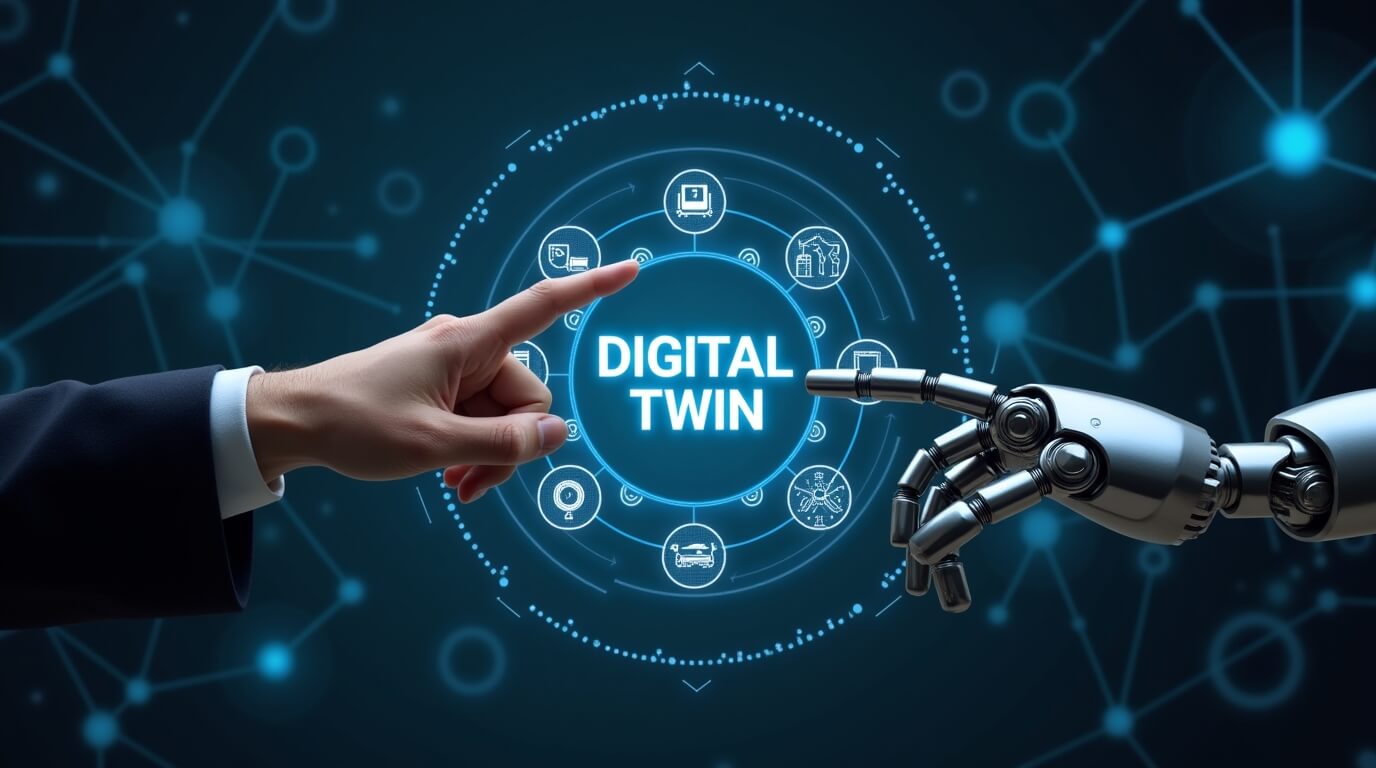
Adopting Digital Twin technology requires a structured approach. Here are key steps businesses can follow:
- Define Objectives: Clearly outline what you aim to achieve with Digital Twins—whether it’s improving efficiency, enhancing customer experience, or driving innovation.
- Assess Readiness: Evaluate your current IT infrastructure, data capabilities, and workforce skills to determine readiness.
- Start Small: Begin with pilot projects focused on specific assets or processes to build confidence and demonstrate value.
- Leverage Partnerships: Collaborate with technology providers, consultants, and industry experts to accelerate implementation.
- Scale Gradually: Once successful, expand the scope of Digital Twins to cover broader systems or operations.
- Monitor and Refine: Continuously monitor performance metrics and refine models to ensure accuracy and relevance.
The Future of Digital Twins
As technology continues to evolve, the possibilities for Digital Twins are limitless. Emerging trends include:
- AI-Powered Twins: Enhanced intelligence through deep learning and neural networks.
- Interconnected Ecosystems: Multiple Digital Twins working together to form comprehensive digital ecosystems.
- Metaverse Integration: Merging Digital Twins with immersive virtual environments for enhanced visualization and collaboration.
- Edge Computing: Processing data closer to the source for faster, more efficient simulations.
Experts predict that the global Digital Twin market will grow exponentially in the coming years, driven by increasing demand for automation, sustainability, and smart solutions.
Conclusion
Digital Twins represent a paradigm shift in how we interact with and understand the physical world. By simulating reality, they empower organizations to make smarter decisions, optimize performance, and reduce costs. From manufacturing and urban planning to healthcare and retail, the applications of Digital Twins are vast and varied.
For businesses seeking to stay competitive in the digital age, adopting Digital Twin technology is no longer optional—it’s essential. With careful planning, investment, and execution, organizations can unlock the full potential of Digital Twins and pave the way for a smarter, more connected future.
